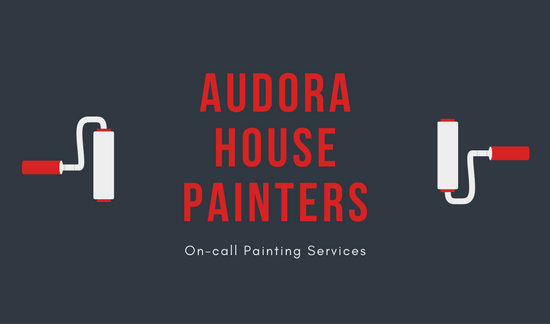Just How Weather Condition Influences Business Painting
Just How Weather Condition Influences Business Painting
Blog Article
Writer-Wood Mattingly
When you're handling an industrial painting task, you can not neglect exactly how weather plays a vital role in your success. Aspects like temperature, humidity, and wind can either enhance or weaken your initiatives, influencing every little thing from application quality to security on the job website. You could assume you can repaint anytime, however the fact is that certain conditions can cause costly delays or inadequate finishes. Recognizing these elements is key, but what details approaches can you execute to ensure optimal results in the middle of unpredictable weather condition?
Temperature and Paint Application
When it involves business paint, temperature plays an important duty in how well the paint adheres and dries out. If please click the next website preparing a job, watch on the temperature level array advised by the paint maker. Ideally, you wish to work within that range for optimal results.
When temperature levels are also reduced, paint can come to be thick and more challenging to apply, leading to unequal protection. You may find yourself battling with brush strokes or roller marks that just won't vanish.
On the flip side, high temperatures can create paint to dry as well quickly. lake oswego painting company can cause problems like cracking or peeling, as the paint does not have enough time to bond correctly to the surface.
If it's also warm, think about scheduling your work for cooler parts of the day, such as morning or late afternoon.
Humidity and Finish Top Quality
Humidity significantly affects the coating quality of commercial paint tasks. When humidity degrees are high, wetness airborne can hinder the drying procedure of paint. This can cause problems like poor attachment, uneven surfaces, and boosted drying times.
You may discover that your paint takes longer to cure, which can delay your project timeline.
On view it , reduced moisture can additionally posture issues. If the air is also dry, paint can dry out also rapidly, avoiding correct leveling and causing a rough finish. You want your paint to stream efficiently, and fast drying out can hinder that, leaving you with an unsatisfactory surface area.
To accomplish the most effective finish, aim for humidity degrees in between 40% and 70%. This range permits optimum drying conditions, ensuring that the paint adheres well and levels out effectively.
Think about using dehumidifiers or fans to manage dampness in interior tasks, and try to intend exterior tasks for days when moisture is within the suitable range. By paying attention to humidity, you can enhance the final appearance and toughness of your commercial paint task.
Wind and Outdoor Conditions
While you mightn't consider wind as a significant element, it can substantially impact the result of outdoor business paint jobs. High winds can interrupt your application process, causing paint to dry too swiftly. When repaint dries also quick, it can lead to an irregular coating or visible brush strokes.
You'll additionally face obstacles with paint overspray, as wind can lug bits away from the desired surface area, leading to squandered materials and prospective damages to bordering areas.
Additionally, strong gusts can produce safety risks on the job website. Ladders and scaffolding are extra susceptible to tipping in gusty problems, putting your crew in danger. It's critical to monitor wind rates prior to beginning a project. If winds go beyond risk-free limitations, it's best to delay your work to make sure a quality finish and preserve security.
On calmer days, you can take advantage of the perfect problems to accomplish smooth, professional results. Always check the weather report and plan accordingly.
Final thought
Finally, recognizing exactly how climate influences industrial painting is critical for achieving the best outcomes. By keeping an eye on temperature level, moisture, and wind conditions, you can schedule your jobs throughout optimum times. This not only ensures a smooth application yet additionally enhances the quality of your surface. So, keep an eye on the projection and plan as necessary-- doing so will save you time, cash, and disappointment while providing a specialist result whenever you repaint.
